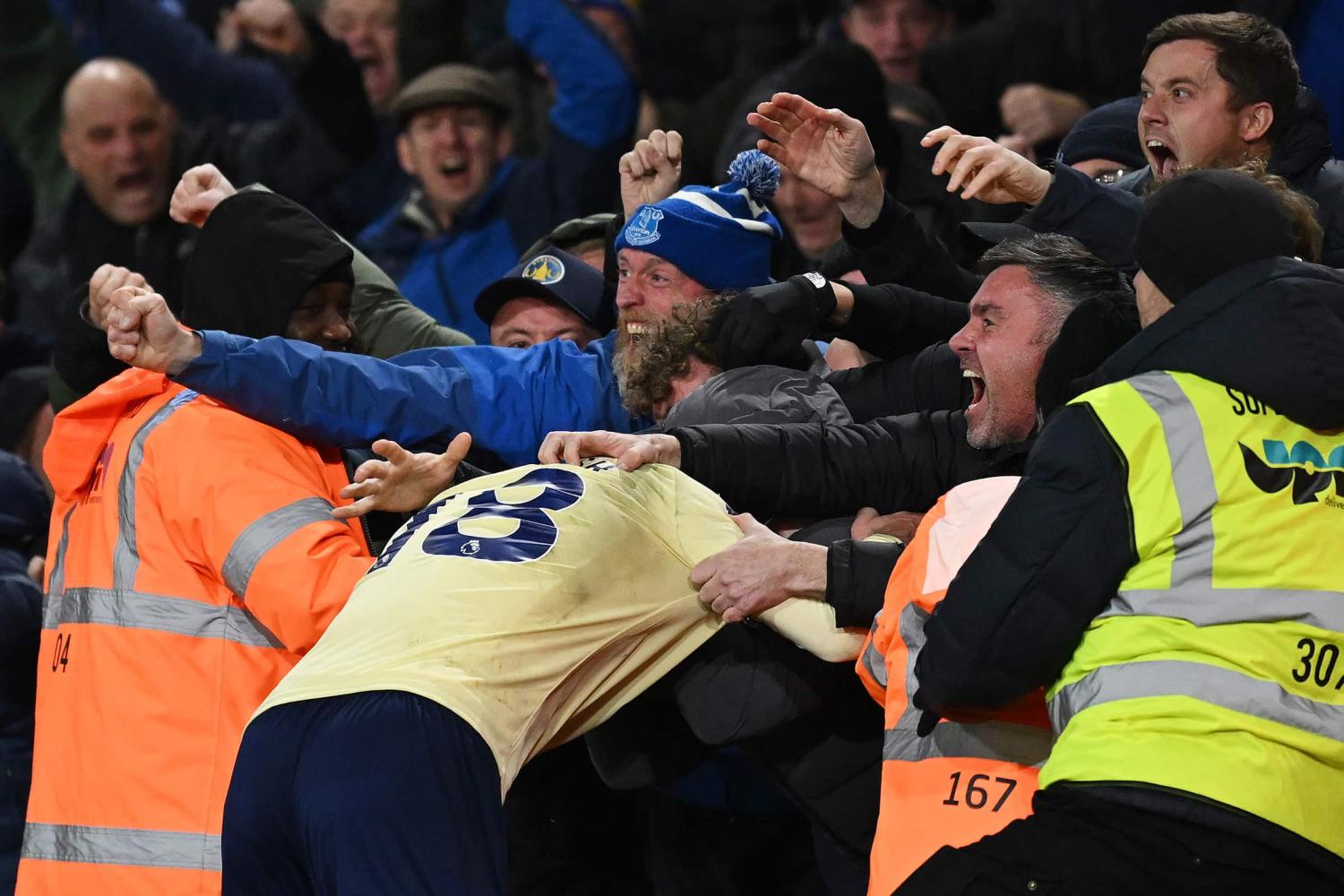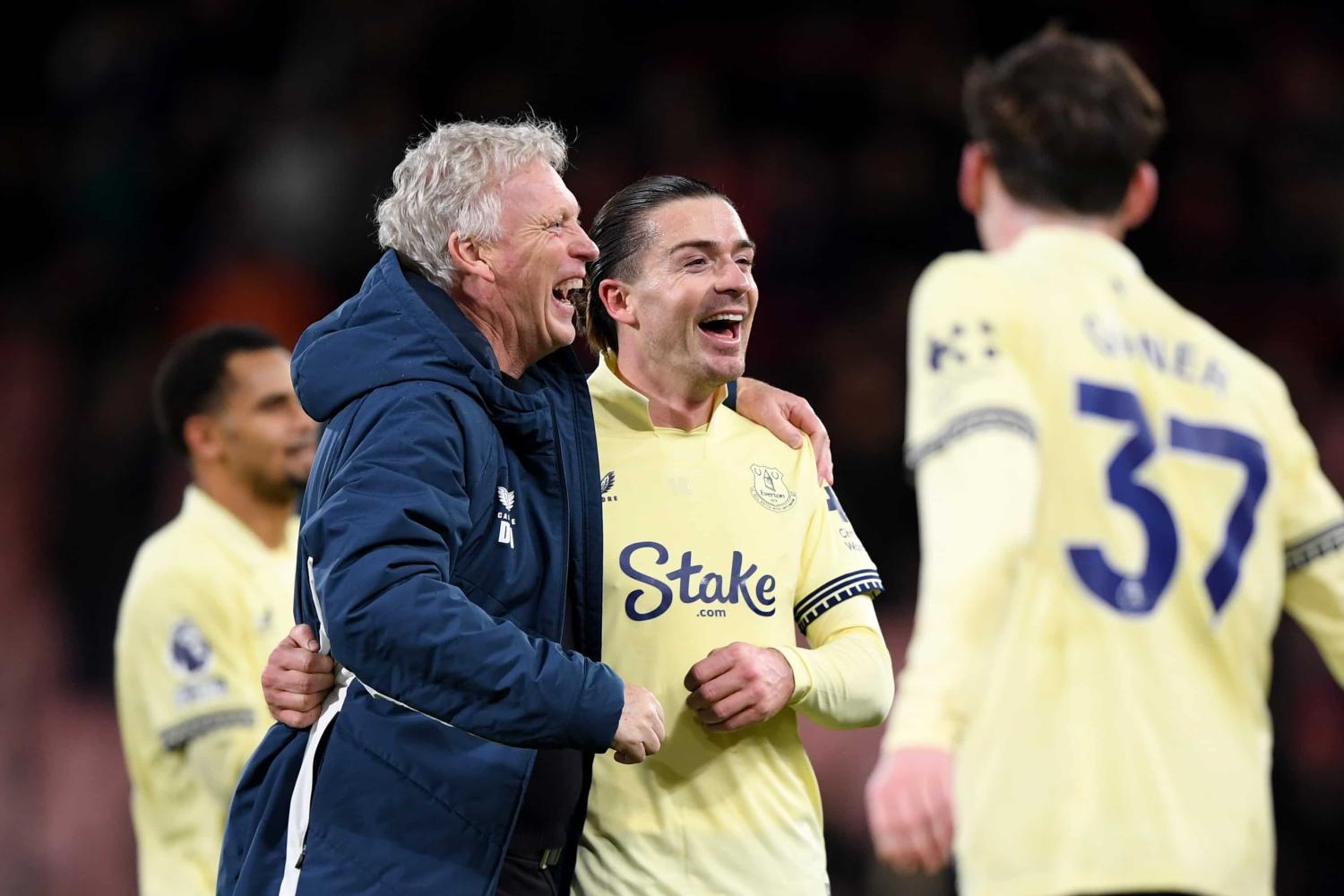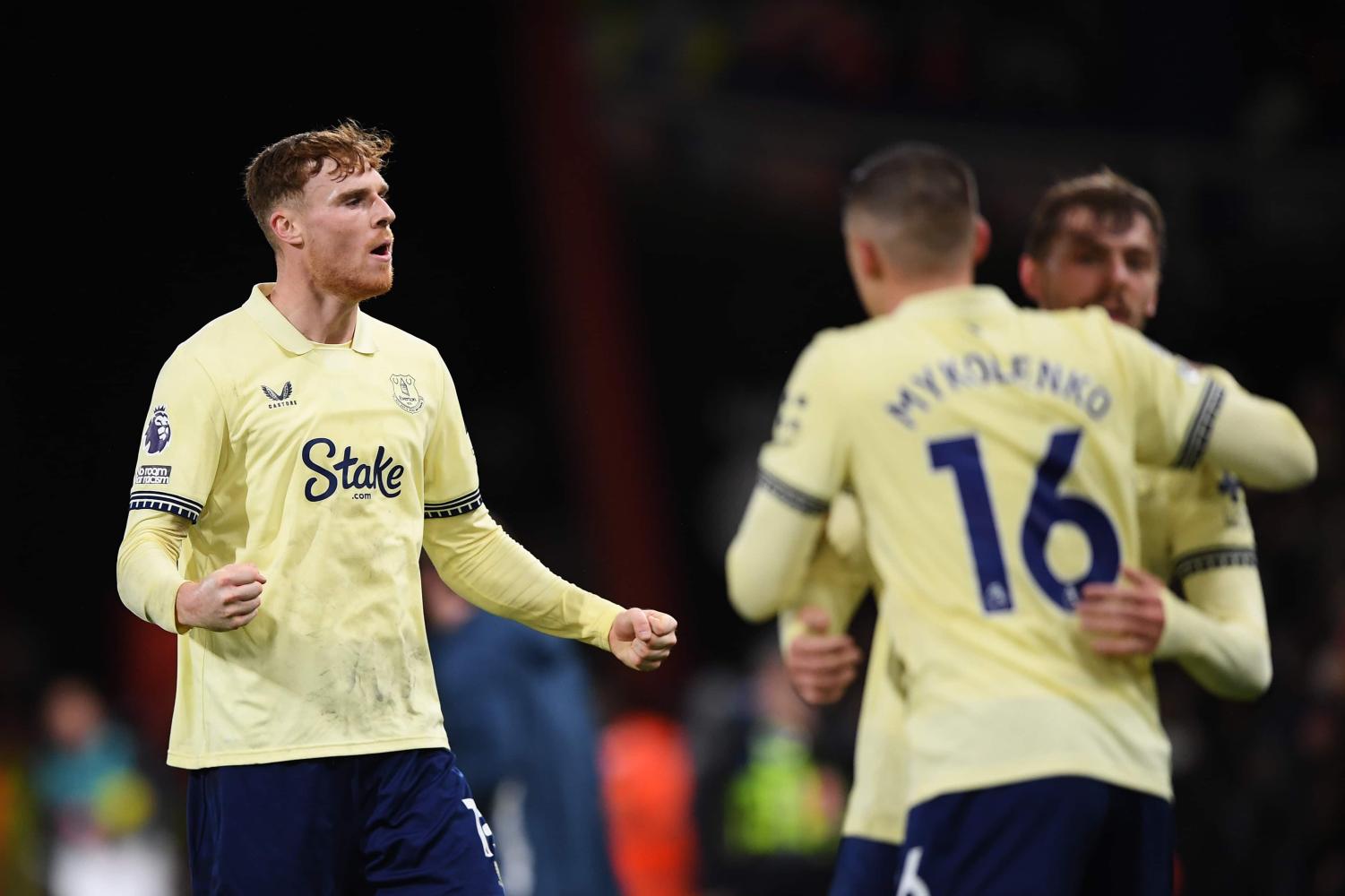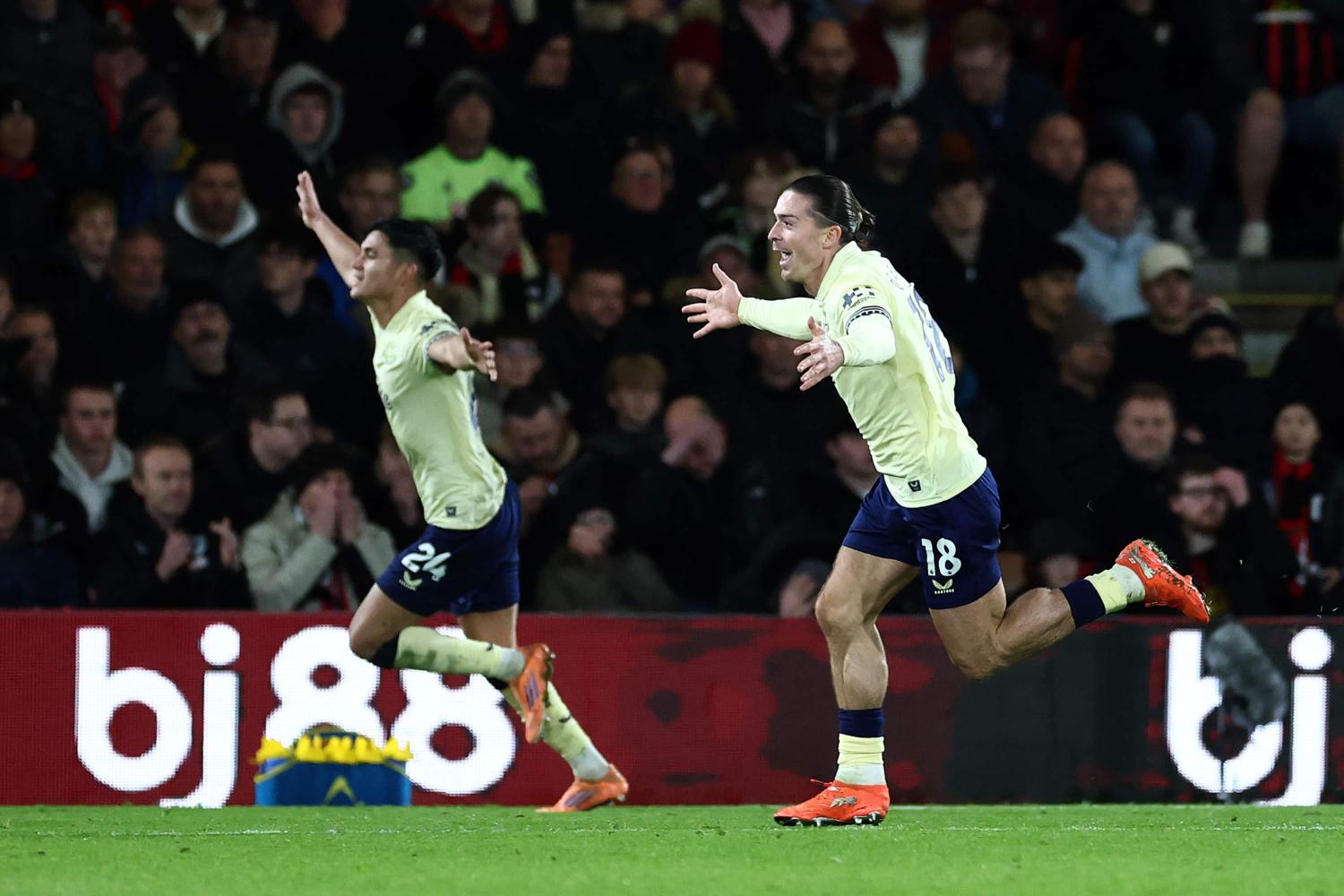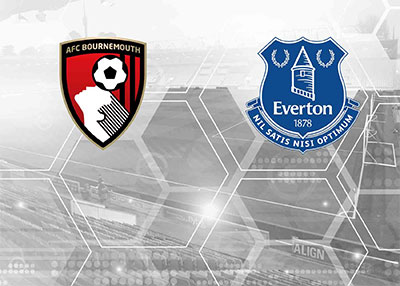What’s our name? Everton’s and the British influence on early South American football
After Southampton travelled to take on Everton last weekend, it's not just the mighty Blues who can claim to have their fingerprints on the early days of South American football.Â
After Everton travelled to take on Southampton last weekend, it's not just the mighty Blues who can claim to have their fingerprints on the early days of South American football.
In 1904, Southampton, then of the Southern League, became the first professional club to tour in that part of the world. Much like the Blues, they swept aside teams representing Argentina and Uruguay and were also said to inspire a few teams to adopt red and white stripes.
The Saints would return to South America in 1948, this time to Brazil just 2 years before the country would stage their first World Cup. The Saints were, conversely, their hosts' second choice as they would have preferred Arsenal, who were romping to the First Division title in that season; however, they would have to make do with the now Second Division Southampton.
The Brazilians did suggest a compromise, whereby the Saints’ party might include a guest international or two, but the Board haughtily responded that the club boasted ‘several players of international standard’. That was an exaggeration: goalkeeper Ian Black would be capped by Scotland in April, while the two competitors for the No 2 shirt – future England World Cup winning manager Alf Ramsey and Bill Ellerington – would both in turn wear that number for England in the next year or so. In fact, Ramsey would have to join the party late, as he had first to tour with England B in Europe.
In their second tour, the Saint’s results were more of a “mixed bag” as their hosts were now more at the stage where we know Brazil today and Southampton came home with a record of 1 win, 1 draw and 5 defeats.

Touring wouldn’t be the only link between the Saints and early South American football. Charles William Miller was a Brazilian sportsman who is considered the godfather of football in Brazil. He was born in São Paulo to John Miller, a Scottish railway engineer and Brazilian mother of English descent, Carlota Fox.
In 1884, he was sent to the Banister Court public school in Southampton where he learnt to play football and cricket. Whilst at school, he played for and against both the Corinthians and St Mary's which later became Southampton FC.
When he returned to Brazil in 1894, Miller brought two footballs and a set of Hampshire FA rules in his suitcase. Miller was instrumental in setting up the football team, São Paulo Athletic Club (SPAC) and the Liga Paulista, the first football league in Brazil.
With him as striker, SPAC won the first three championships in 1902, 1903 and 1904. After his playing days finished, Miller became the first President of Sport Club Corinthians Paulista – another colossal name in Brazilian football.
As I mentioned in my previous article, Everton and Tottenham Hotspur were the first real high-profile touring parties to South America, 5 years after Southampton in 1909, the Blues at this point having already won the League Championship and the FA Cup.
The secretaries of Everton and Tottenham received a letter of invitation from the English FA general secretary Frederick Wall inviting both clubs to participate in a series of matches in Argentina and Uruguay. The players would be away a total of nine weeks but only three weeks of that spent on South American soil.
Once they arrived in Buenos Aires a couple of weeks later, the players only had a few hours to adjust to their new surroundings before being asked to play a match in front of the Argentine President; the game ended 2-2 and the President was impressed and entertained by both the Toffees and Spurs.
Both teams played local sides as well as each other. Alumni provided opposition for Everton in a 4-0 win for the visitors, which included a hat-trick for Bert Freeman. Both sides went on to Uruguay, a nation that took to the beautiful game very well on and off the field, and Everton triumphed 2-1 against a Select XI from the national league before disposing of Spurs with another hat-trick from the star of the tour, Bert Freeman.

The players wrote letters back home of their tour experiences; many of them remarked on the beauty of Rio de Janeiro, a city that was a stopover, although no official matches were played in Brazil. However, locals were keen to watch the Everton and Spurs players having a kickabout in their free time which could have been the first match between two professional clubs on Brazilian soil. On the return journey, Everton’s Val Harris decided to treat himself to an exotic pet, coming home with a parrot!
The joint tour was considered a great experience and success. Everton’s legacy in South America was assured when a group of Anglo-Chileans that had witnessed part of the tour decided to form their own Everton Football Club in Valparaíso – now located in the nearby town of Viña del Mar.
With such interest shown in British football throughout the continent, especially during its early years, you would expect to see a smorgasbord of sides adopting British names. However, this is not the case.
Rangers of Talca in 1902, Corinthians of Sao Paulo in 1910, and Arsenal in Argentina in 1957, as well as our own Everton in Chile in 1909, appear to be the only examples (Liverpool in Uruguay were named after the city, not the club, as was the case of Barcelona in Guayaquil in Ecuador).
Even outside of the professional game, instances of British-derived names are even rarer, with the exception perhaps of the following: Club Atlético Everton (Uruguay); Asociación Deportiva Everton Olimpia, Everton Club Moldes, Club Newbery y Everton, and Everton Club La Plata (all Argentina).

In the case of one of the amateur clubs named above, the credit for selecting Everton as its name cannot be attributed just to the 1909 tour or the presence of many ex-pat British workers but to the simple fact that the preferred name at the time, Southampton, was just too difficult to pronounce for the Latin tongue, so Ev-er-ton was chosen. Whether you believe it is through ease of pronunciation or sporting excellence, Everton is now uniquely bonded with a number of clubs in South America.
The positive cultural impact of these tours in South America is undeniable – they were a huge success and fed the continent’s hunger to watch the game played at its highest level. With the opening of the new Everton Stadium at Bramley-Moore Dock imminent, wouldn’t it be great to cement relations with our Chilean namesake with a rematch for the Copa Hermandad – last played for at Goodison Park in 2010?
How to get rid of these ads and support TW



